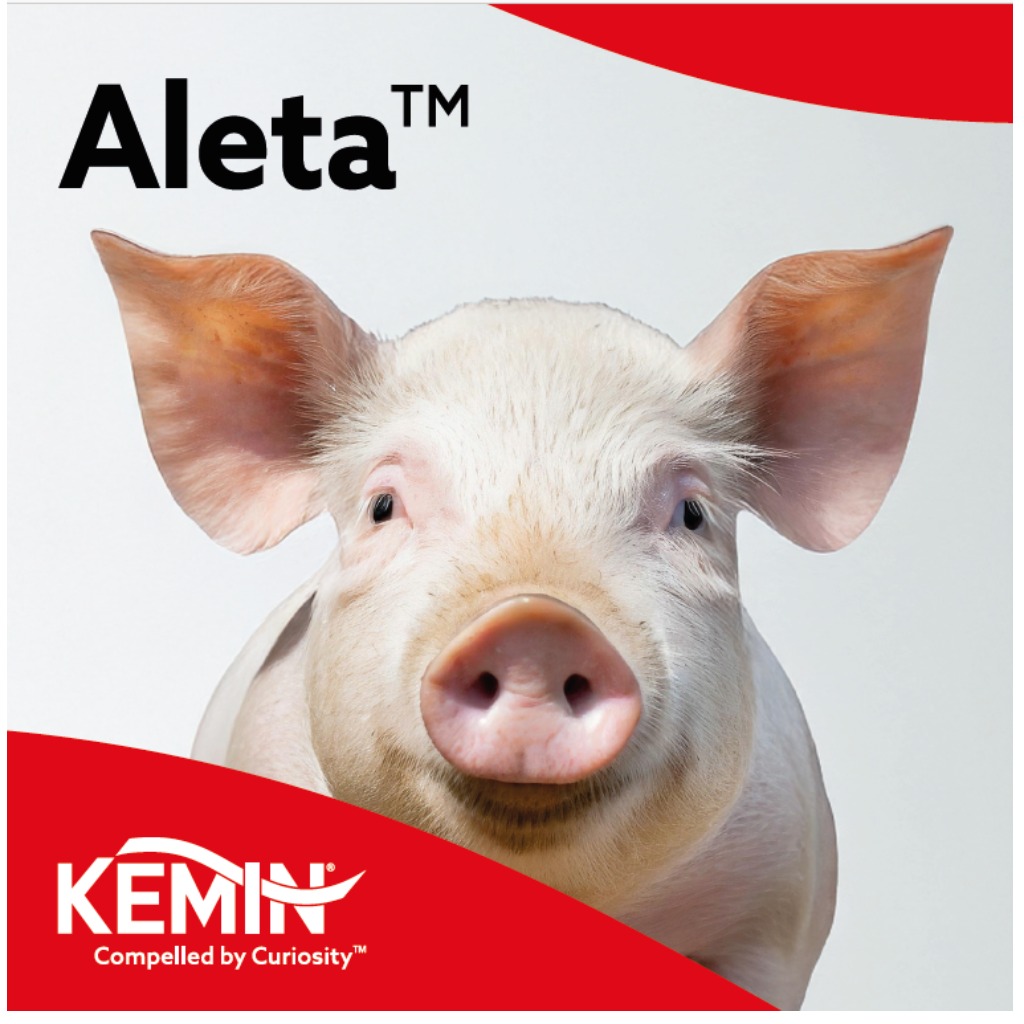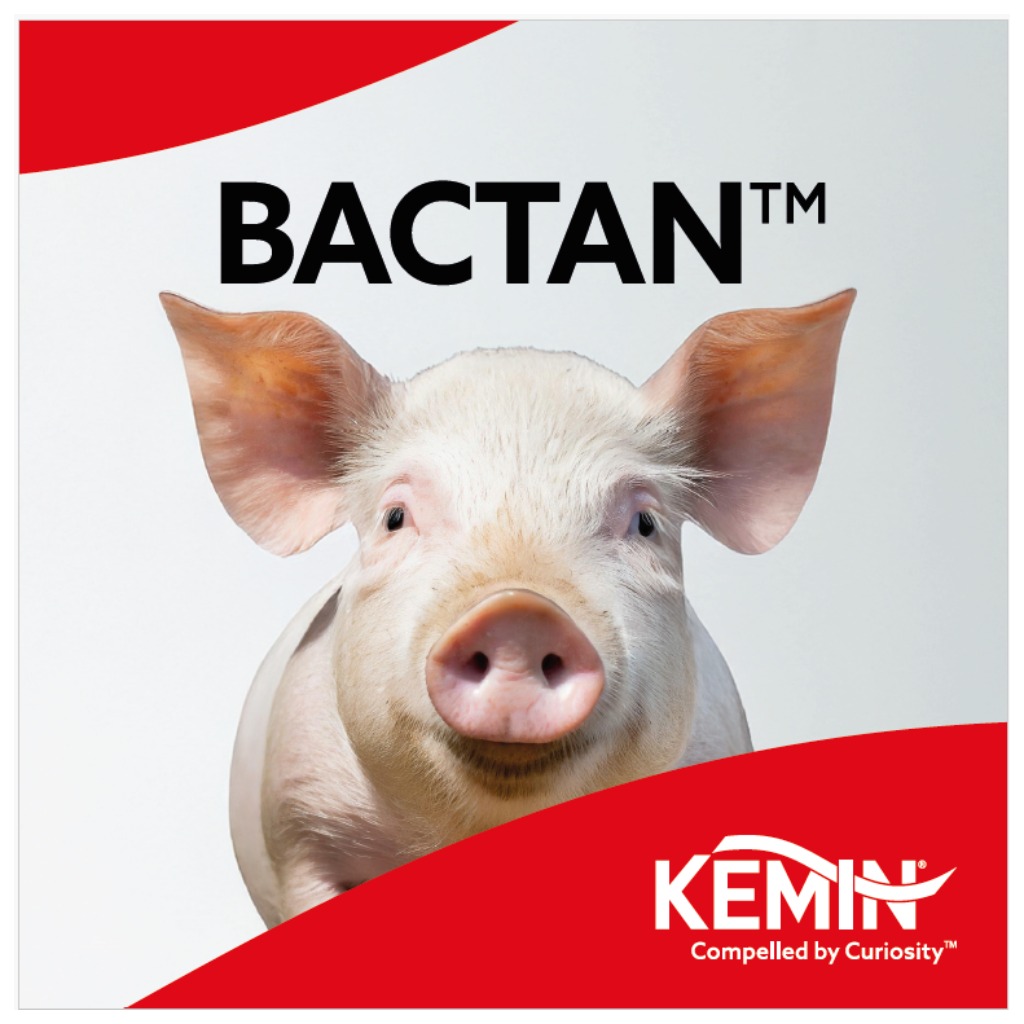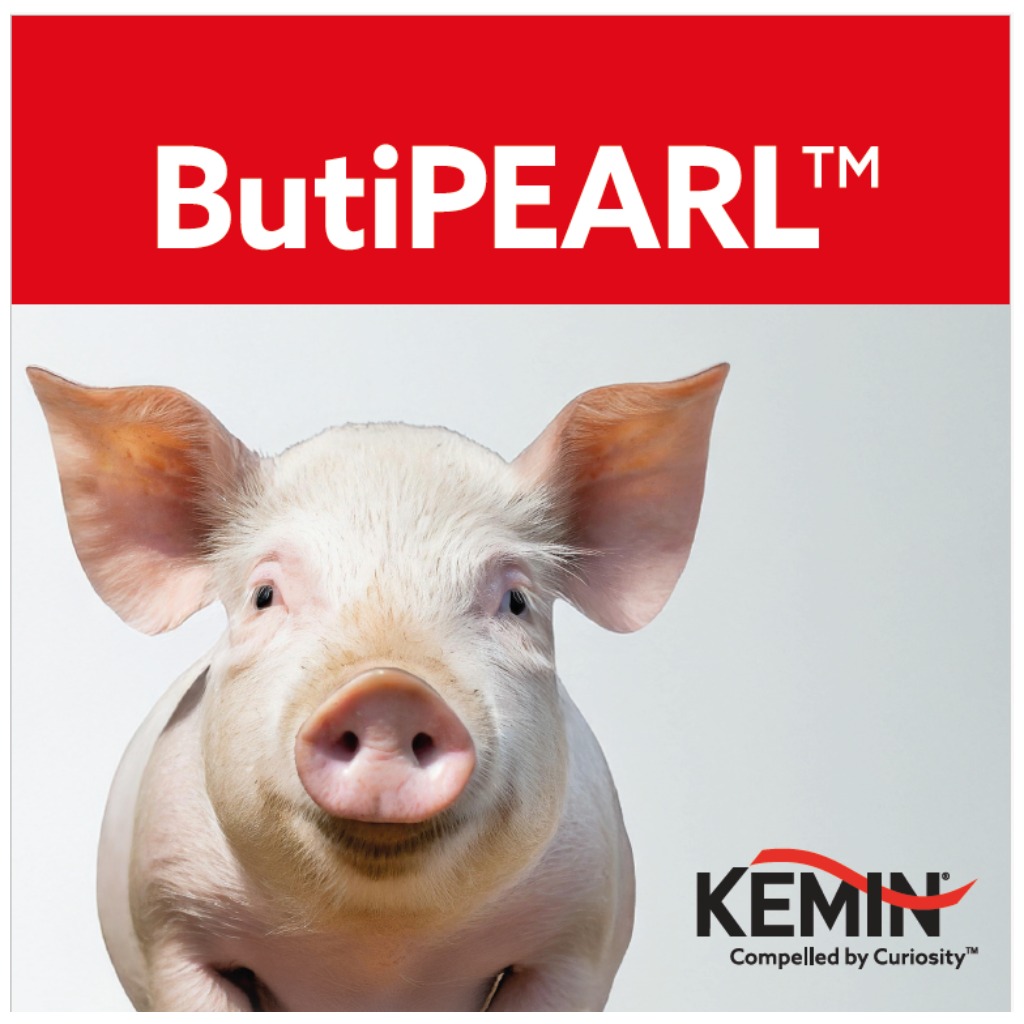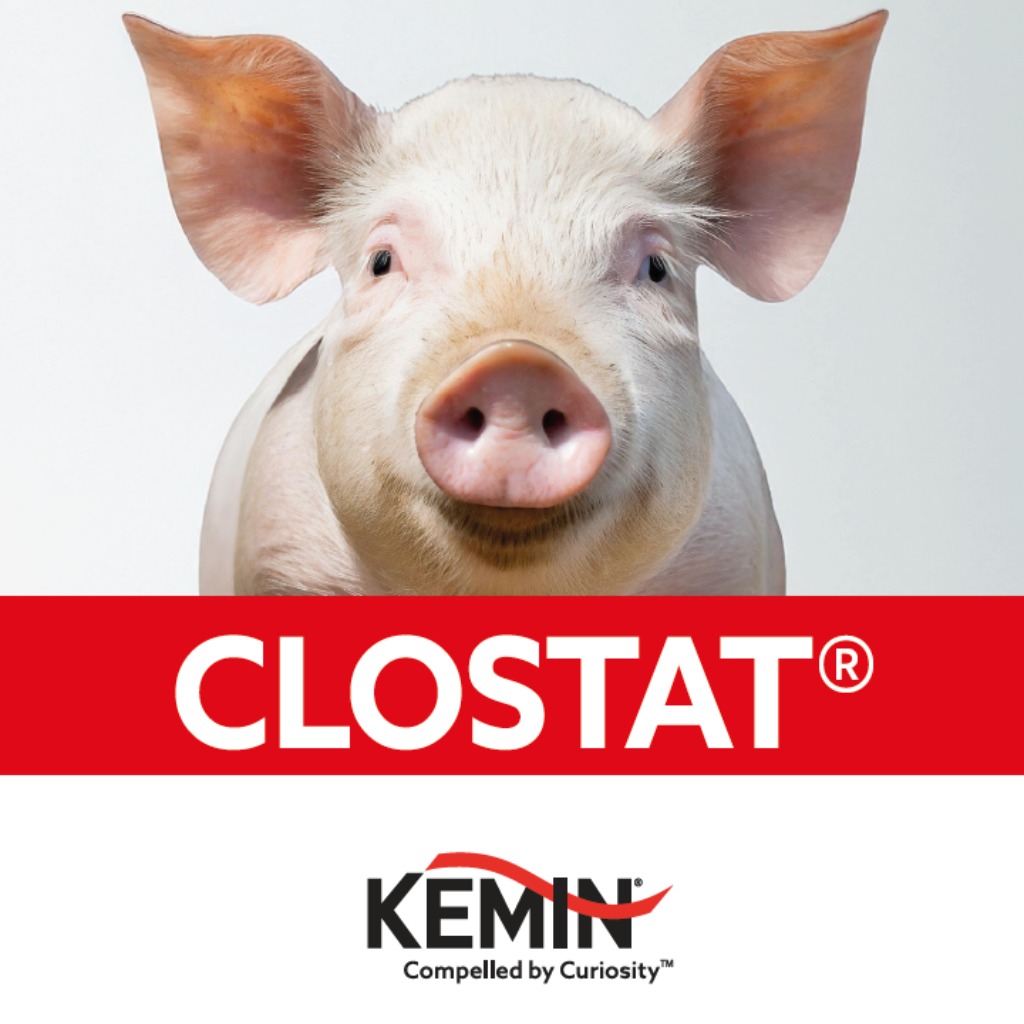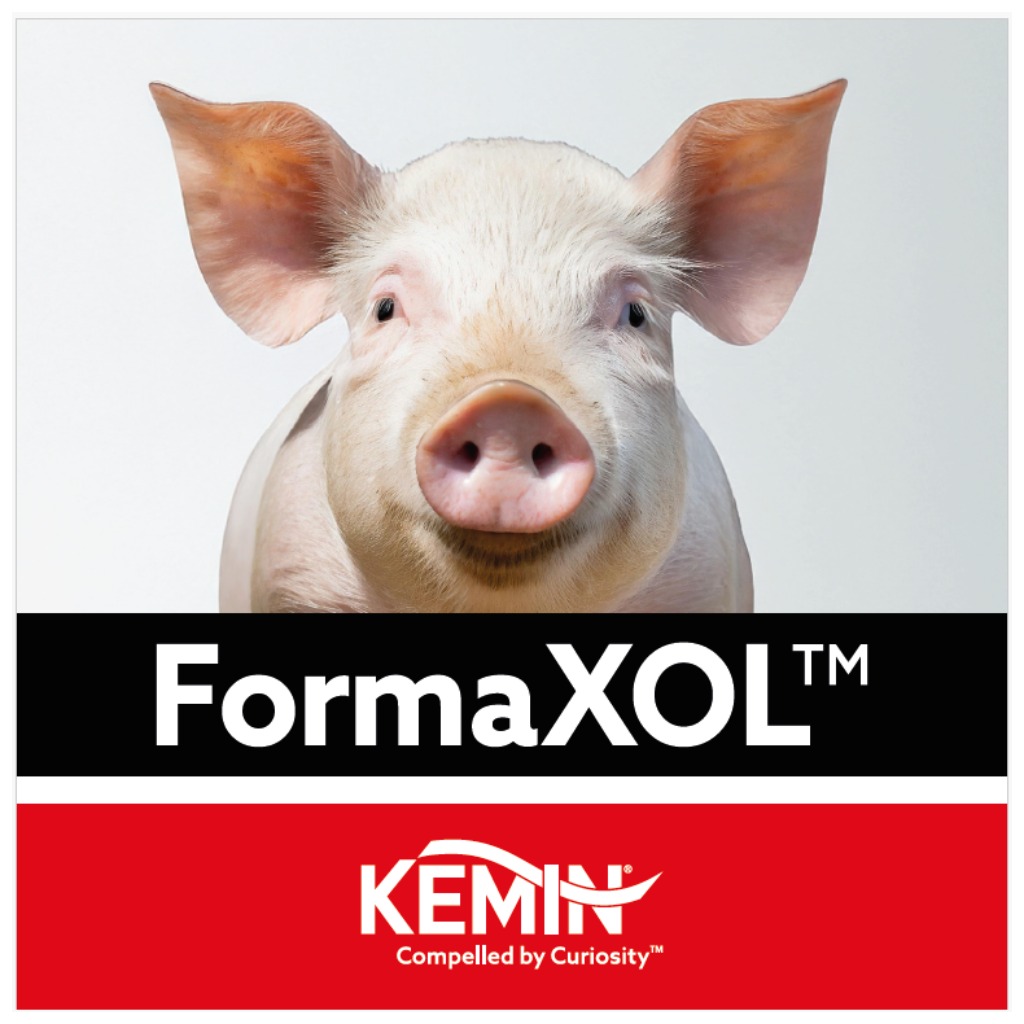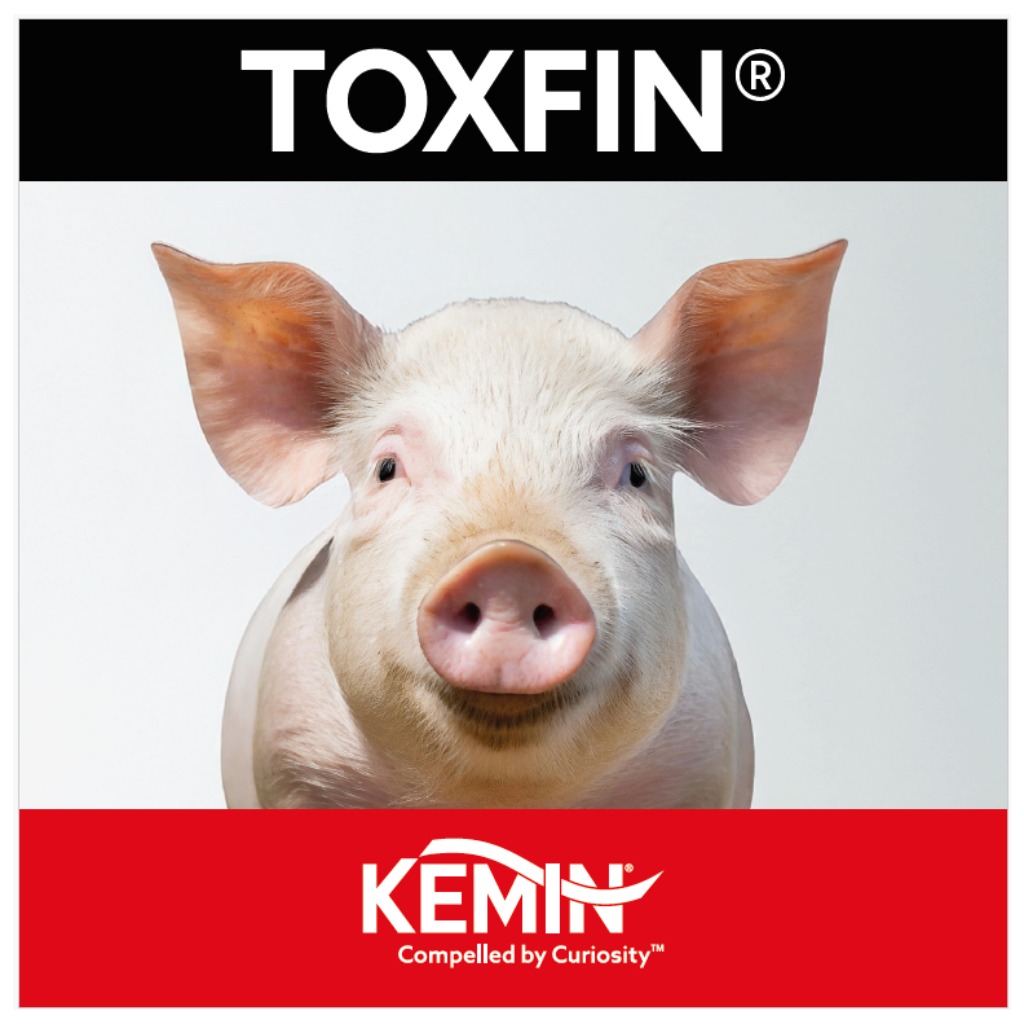Microbiome: Defining terms and importance in swine production
This article is the first in a series of 7 chapters aimed at providing a practical perspective on how microbial communities in the gastrointestinal and respiratory tracts can be leveraged to enhance food animal production. The discussion is framed along two evolutionary lines:
- The Evolutionary-Based Bi-Directional Interaction: This explores how microbial communities interact with their host.
- The Evolutionary Host Response to Stress: This examines how hosts have evolved to respond to stress.
An evolutionary-based perspective is essential because it allows us to explore the common mechanisms that mediate the host-microbiota interface in both mammals and avians. By understanding these interactions over a longer evolutionary timeline, we can develop new strategies to improve animal health and food safety.
Lets begin with the definitions so it is clear moving forward what we are referring to in the coming articles
Microorganismal communities: This includes
- Bacteria
- Fungi
- Archaea
- Viruses
For this series we will focus in bacteria
Microbiome
- Microorganisms and genes
- Compositional: Who is there - species
- Functional: What are they doing – entire gene catalogue
Microbiota:
- It is simply a compositional term which strictly refers to who is there and has nothing to do with what they are doing
Microflora
- Outdated term which is related to the plant world
The swine microbiome is a cornerstone of modern animal production, shaping health, growth, and disease resistance in pigs. This complex network of microorganisms and their genes, including bacteria, fungi, and viruses, resides primarily in the gastrointestinal and respiratory tracts, playing a symbiotic role in nutrient absorption, immune system modulation, and pathogen defence.
Understanding the microbiome’s functionality allows producers to develop targeted strategies for improving swine performance. For example, optimizing the microbiome balance can enhance nutrient uptake and reduce feed conversion ratios, directly impacting production costs. Moreover, a robust microbiome fortifies pigs against infections, particularly in antibiotic-free systems, making it a key focus in sustainable farming practices.
The importance of studying the swine microbiome lies in its dynamic nature. Microorganism communities shift in response to diet, stress, and environmental conditions, creating opportunities to harness these factors for desired outcomes. By leveraging microbiome research, producers can enhance herd resilience, reduce the prevalence of zoonotic pathogens, and address global challenges such as antimicrobial resistance.
In conclusion, this article has laid the groundwork for understanding how microbial communities in the gastrointestinal and respiratory tracts can be harnessed to improve food animal production. By examining the evolutionary-based bi-directional interactions and host responses to stress, we gain insights into the common mechanisms at play in the host-microbiota interface. This evolutionary perspective is crucial for developing innovative strategies to enhance animal health and food safety.
Next, we will delve into the composition and function of these microbial communities. We will explore the specific bacterial species present (composition) and their roles and activities (function) within the microbiome. This understanding will be pivotal in devising targeted approaches to optimize animal production and health.
Contact:
Contact us using the following form.



